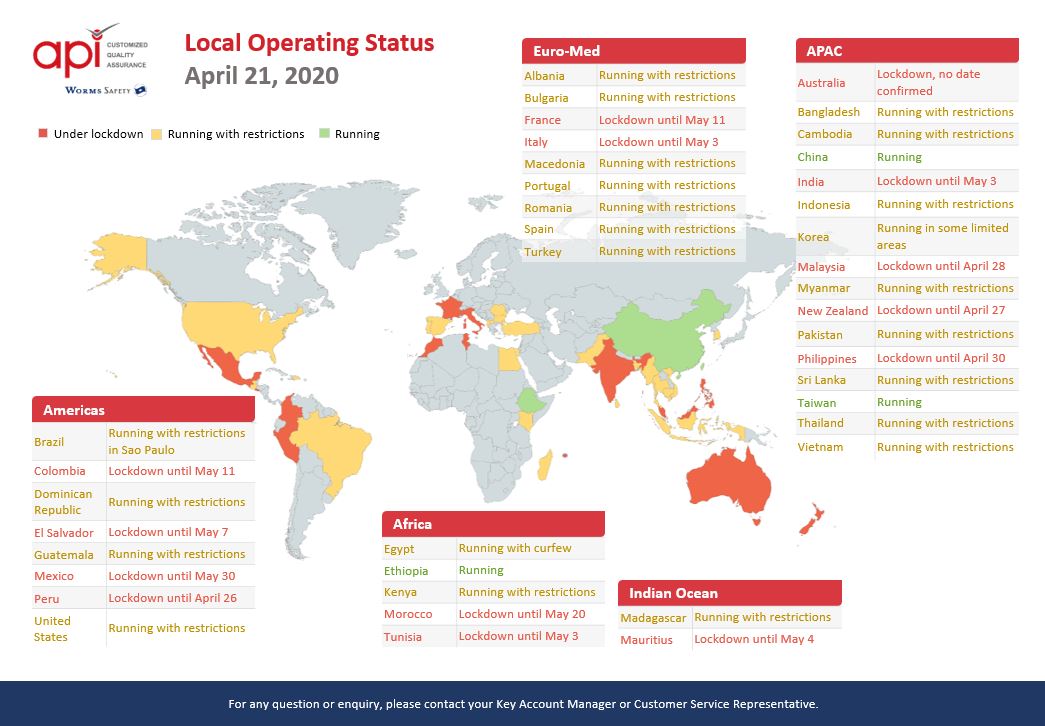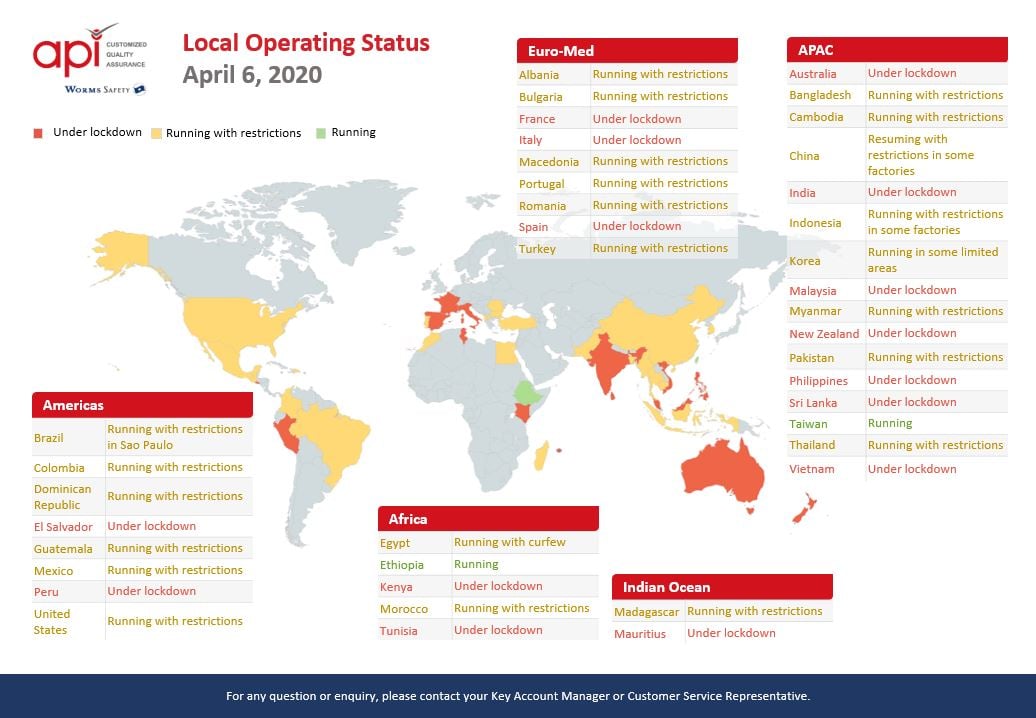A spate of recent incidents has seen global supply chains shifting away from China, including Covid-19 pressures, geopolitical tensions, container scarcity, power breaks, and more. Reshoring, offshoring, and nearshoring were some of the most used terms in 2020 in numerous industries as companies seek alternatives to reduce their reliance on the world’s manufacturing superpower.
While many companies have traditionally turned to other sourcing countries in Asia, brands are increasingly looking for sourcing alternatives closer to home. For example, European brands are finding they can better control uncertainties and keep a closer eye on their supply chains by turning to sourcing opportunities in Eastern Europe and nearby countries such as Tunisia.
Market research shows some of the below as the main factors to shift sourcing / manufacturing out of China:

Source: Supplychaindive.com, Apr 2021 – ‘Supply chains do the math on reshoring’s pros and cons’
The benefits of sourcing closer to home include the flexibility of being near to customers and the market, improved lead times, and greater stability in the availability of products and raw materials, shipment schedules, and other stock issues. However, changing sourcing locations brings its own set of challenges.
Shifting to a new sourcing location means exchanging a well-known supply chain with a new pool of suppliers that can introduce complications. If many brands are relocating to a new sourcing location at once, driving up demand, the factories – despite their maturity – may not have the workforce or capabilities to meet these needs. Other issues may arise in different areas, including CSR concerns such as migrant worker, forced labor, home-based workers in substandard workshops, freedom of association, and more.
Taking some key things into account can ease the transition and reduce complications:
Tips for a smooth transition to sourcing close to home
- Get to know your new suppliers: A technical audit will give you visibility over the supplier’s real capabilities, maturity, setup, management system, respect for social and environmental requirements, and more.
- Ensure the supplier has the right processes in place: Your new supplier must have the workforce and capabilities to meet your brand’s quality standards. New hires need to be familiar with the production process and the products to avoid costly mistakes. It’s also important to have a well-trained quality control team that can manage product quality checks and identify these results for hazard and risk analysis for you.
- Seek support from a qualified third party: To navigate the uncertainty of starting from scratch with a new supplier, relying on the support of a qualified third party can help facilitate this changeover and ensure the most critical points are addressed for a stable transition.
At API, our extensive expertise supports our customers in establishing new sourcing strategies near their destination countries, including:
Want to know more about how API can act as an extension of your team and support your new sourcing challenges and objectives?
























































